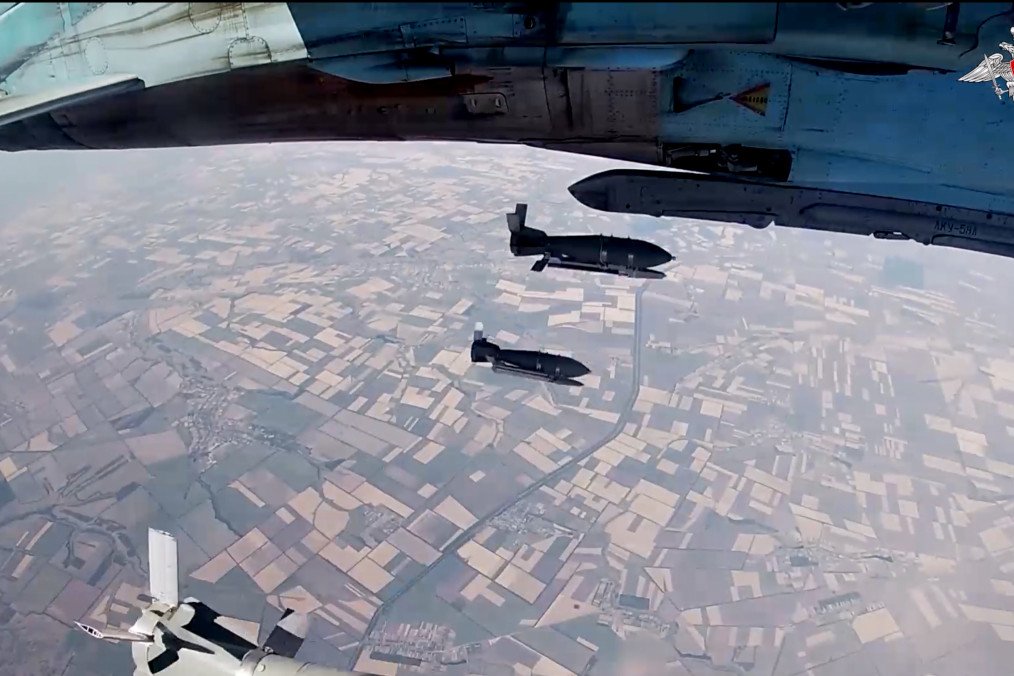- Category
- Latest news
US Restriction on ATACMS Prevented Major Ukrainian Strike on Russian Airfields, Says Forbes

Ukraine had an opportunity to deliver a significant blow to Russian aviation, but the United States did not allow it, reports Forbes.
According to the publication, this summer the 47th Guards Bomber Aviation Regiment of the Russian Air Force parked dozens of Su-34 aircraft—approximately 100 in total—at the open airbase Voronezh-Malyshevo, just 100 miles from the Ukrainian border. Voronezh-Malyshevo is a relatively well-defended base, prompting Ukrainian forces to request permission to launch their most advanced American-made Army Tactical Missile System (ATACMS) rockets at it. These missiles are nearly impossible to intercept.
This presented a rare chance for Ukraine to strike a serious blow to Russian infrastructure, provided the US had approved the use of ATACMS missiles. However, the Biden administration feared escalation and denied permission.
From mid-June to mid-July, Russian forces relocated most of their valuable military assets away from the border zone with Ukraine, as noted by Frontelligence Insight:
“Between the second half of June and mid-July, Russian forces relocated a lion’s [share] of valuable military assets away from the border area with Ukraine. The departure of Su-34s from Voronezh Malshevo was among “the most notable movements.”
Ukrainian forces have intensified attacks on other Russian airfields deploying strictly Ukrainian made munitions. On August 3, Ukrainian drones targeted the Morozovsk airfield, where three aircraft and an ammunition depot were destroyed.
Today, many Su-34s are stationed at bases hundreds of miles from the border. While they aren't immune to Ukrainian drones—some of which have a range of over 1,000 miles—they are largely protected from most Ukrainian drones and ATACMS, which have a maximum range of just 190 miles. If the White House were to authorize ATACMS strikes on Russian bases, the most valuable targets could be out of reach, the publication says.
Since using its first crude glide bombs on Ukraine last year, the Russian air force has increasingly adopted satellite-guided munitions. The "KAB" glide bombs have a range of 25 miles or more, allowing Su-34 fighter-bombers to strike Ukrainian troops and civilians from beyond the reach of Ukraine’s most advanced air defenses.
Each day, the Russians deploy up to 100 KABs, with some weighing over three tons.


-72b63a4e0c8c475ad81fe3eed3f63729.jpeg)





-111f0e5095e02c02446ffed57bfb0ab1.jpeg)